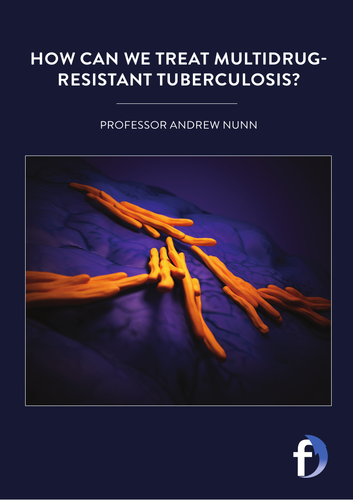






Suitable for 14 to 19-year-olds (secondary and high schools, and college), this article and accompanying activity sheet can be used in the classroom, STEM clubs and at home.
This resource links to KS4 and KS5 Mathematics and Biology.
It can also be used as a careers resource and links to Gatsby Benchmarks:
Gatsby Benchmark 2: Learning from career and labour market information
Gatsby Benchmark 4: Linking curriculum learning to careers
• This teaching resource explains the work of Professor Andrew Nunn, an epidemiologist at the Medical Research Council Clinical Trials Unit at University College London in the UK, whose research focuses on clinical trials of drugs that have the potential to prevent and treat infectious diseases. He is currently working to develop a treatment regimen for a form of tuberculosis that is resistant to the most effective drugs commonly used.
• This resource also contains an interview with Andrew. If you or your students have a question for him, you can submit it online – go to the article using the Futurum link below and scroll to the bottom of the page. Andrew will reply!
• The activity sheet provides ‘talking points’ (based on Bloom’s Taxonomy) to prompt students to reflect on Andrew’s research, and tasks them to think about infectious diseases - and their treatments - impacting the world today.
• The accompanying animation summarises Andrew’s research in an engaging and accessible way and comes with a script to help students access the information.
• The PowerPoint reiterates the key points in the article and includes further talking points to encourage students to reflect on their own skills and aspirations.
This resource was first published on Futurum Careers, a free online resource and magazine aimed at encouraging 14-19-year-olds worldwide to pursue careers in science, tech, engineering, maths, medicine (STEM) and social sciences, humanities and the arts for people and the economy (SHAPE).
If you like these free resources – or have suggestions for improvements –, please let us know and leave us some feedback. Thank you!
Something went wrong, please try again later.
This resource hasn't been reviewed yet
To ensure quality for our reviews, only customers who have downloaded this resource can review it
Report this resourceto let us know if it violates our terms and conditions.
Our customer service team will review your report and will be in touch.